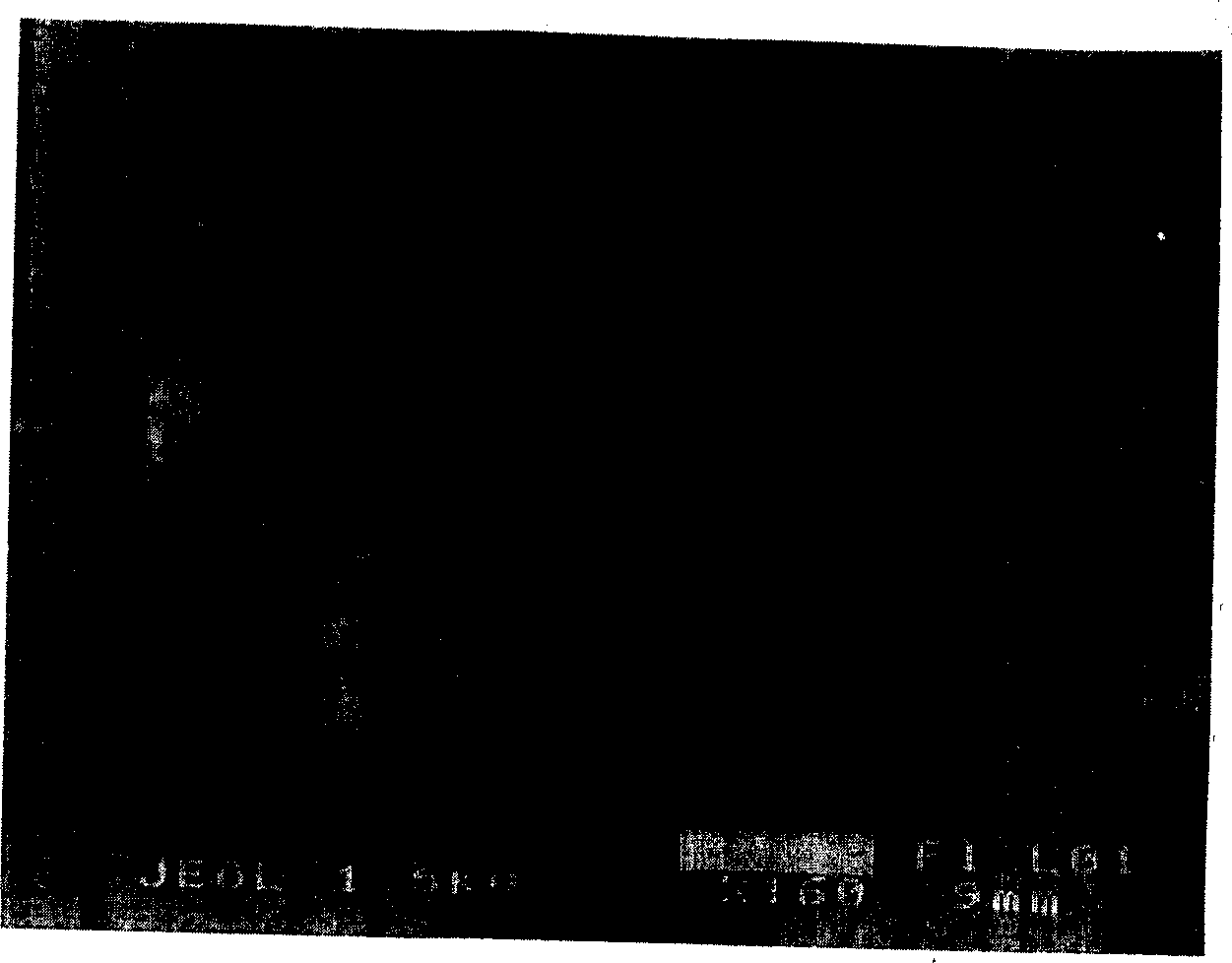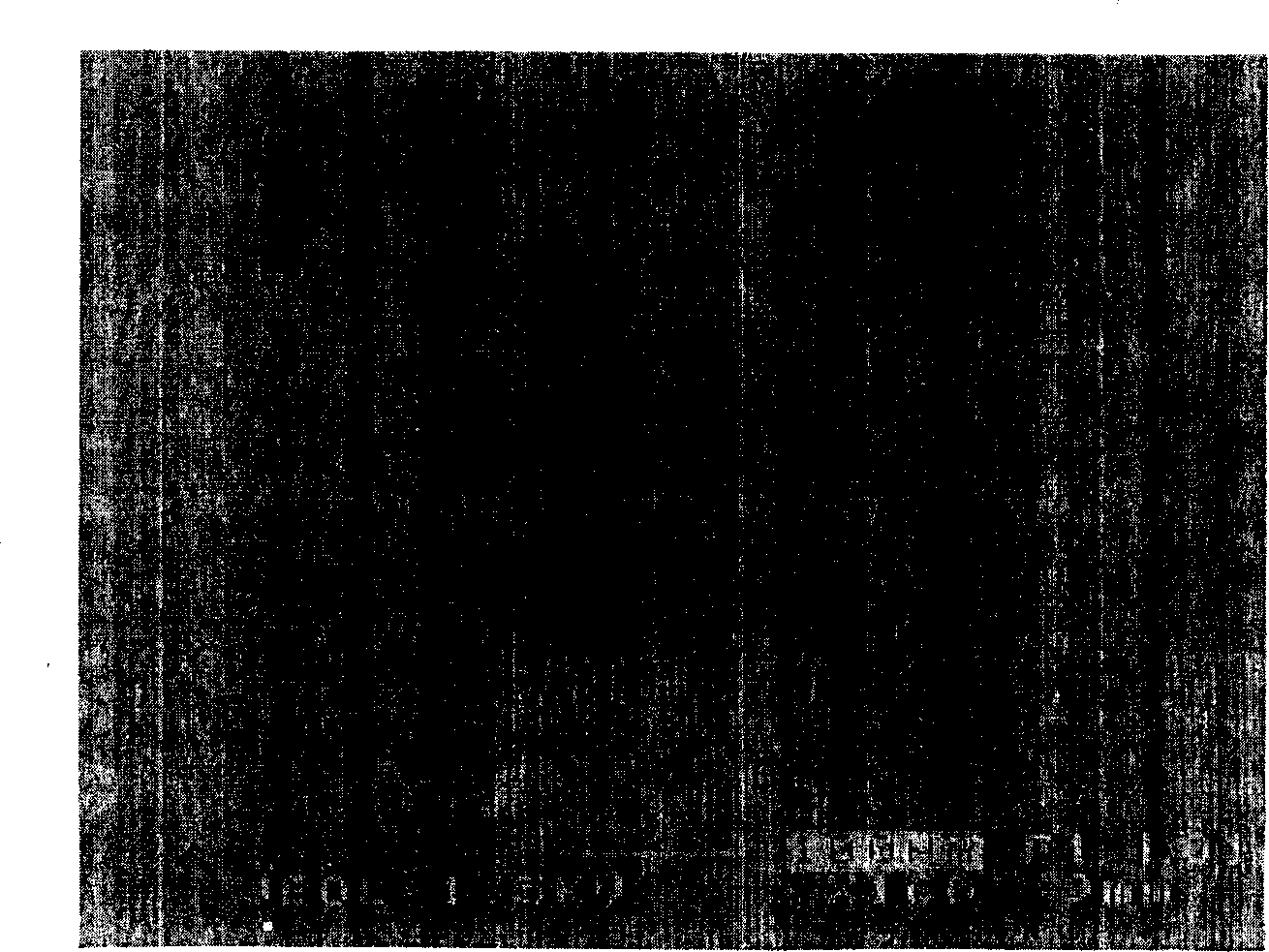Method for avoiding ZEP520 electronic resist to generate cracks
A ZEP520, resist technology, applied in the field of microelectronics, can solve the problems of ZEP520 cracks, HMDS toxicity, environmental pollution, etc., to achieve the effect of improving yield, avoiding environmental pollution, and reducing costs
- Summary
- Abstract
- Description
- Claims
- Application Information
AI Technical Summary
Problems solved by technology
Method used
Image
Examples
Embodiment Construction
[0021] Concrete method of the present invention is not fumigation HMDS before coating ZEP520 electronic resist, but adopts physical method to carry out thermal treatment to the surface of substrate, then coats ZEP520 electronic resist immediately and can avoid the phenomenon that produces crack ( figure 2 ).
[0022] The substrate is mainly for gallium arsenide (GaAs) substrates. When using silicon (Si), indium phosphide (InP) and other substrates, in order to prevent cracks, it is best to heat-treat before coating ZEP520 electronic resist.
[0023] The time interval between heat treatment and gluing should be as short as possible, preferably within 5 seconds.
[0024] The specific method and principle of the present invention will be further described in detail by describing specific embodiments below in conjunction with the accompanying drawings, wherein:
[0025] figure 1 It is a scanning electron microscope (SEM) surface topography photograph of widely distributed crack...
PUM
 Login to View More
Login to View More Abstract
Description
Claims
Application Information
 Login to View More
Login to View More - R&D Engineer
- R&D Manager
- IP Professional
- Industry Leading Data Capabilities
- Powerful AI technology
- Patent DNA Extraction
Browse by: Latest US Patents, China's latest patents, Technical Efficacy Thesaurus, Application Domain, Technology Topic, Popular Technical Reports.
© 2024 PatSnap. All rights reserved.Legal|Privacy policy|Modern Slavery Act Transparency Statement|Sitemap|About US| Contact US: help@patsnap.com









